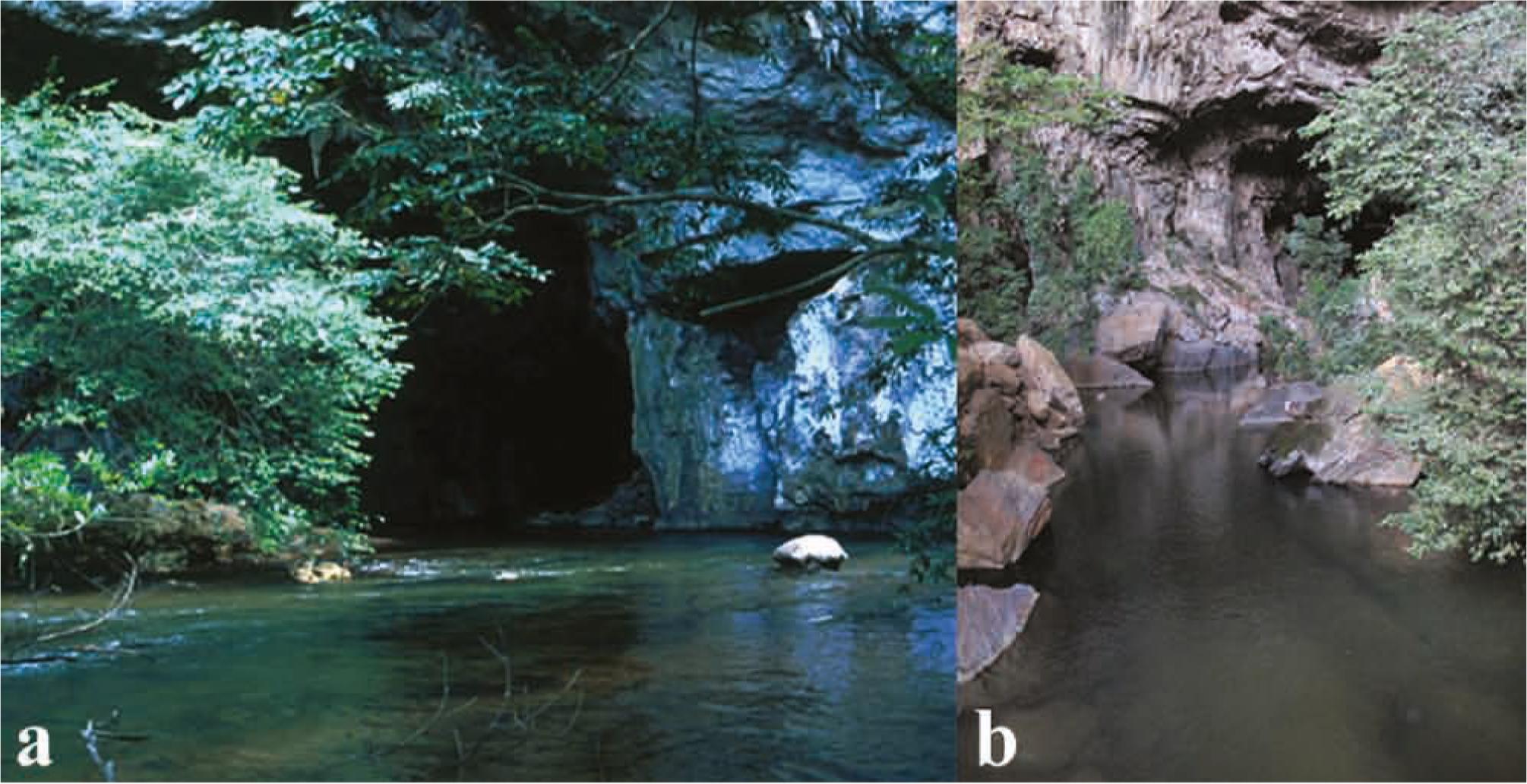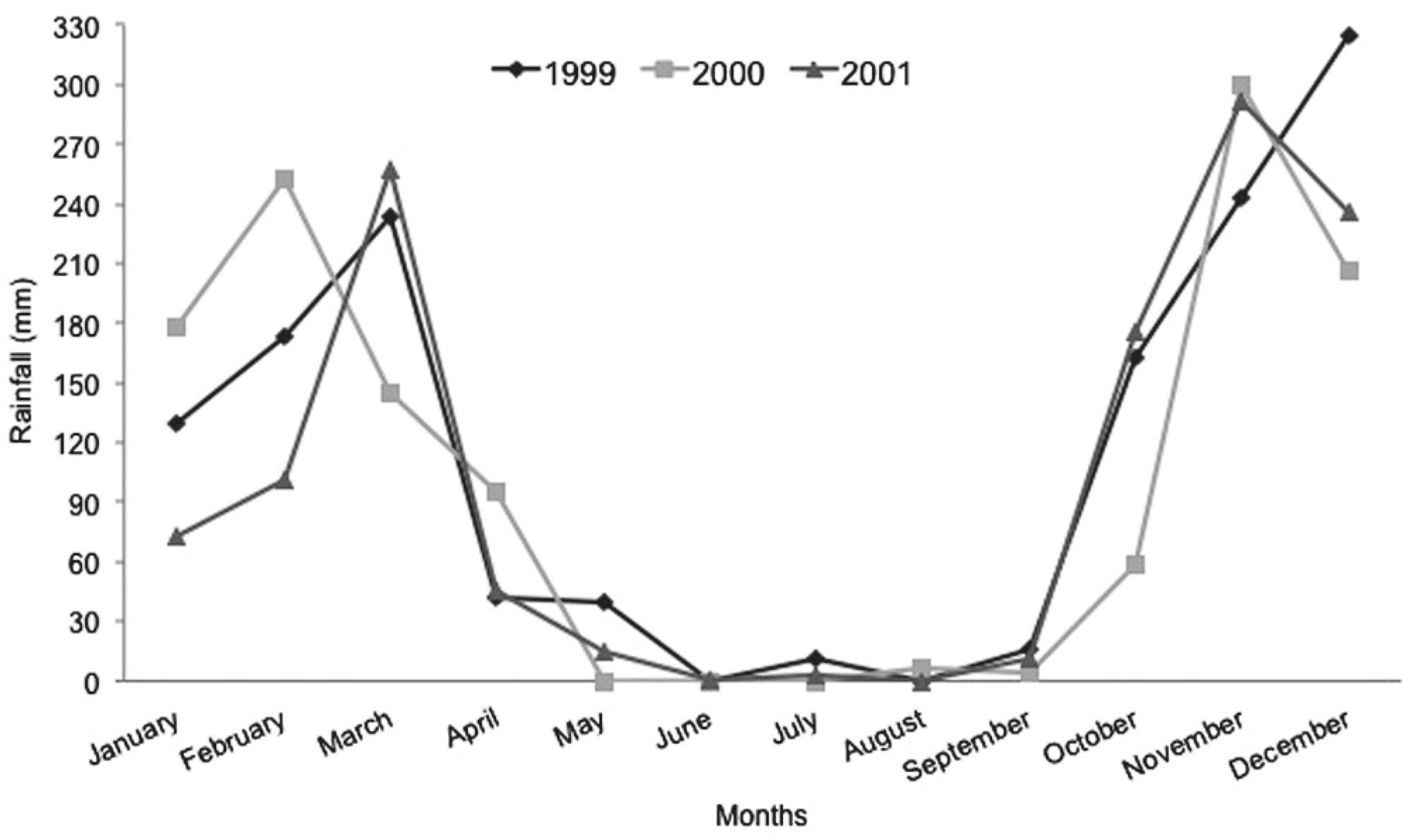The troglobitic electric fish Eigenmannia vicentespelaea, endemic to a single cave-system and included in the Brazilian Red List of Threatened Fauna, was studied in relation to population densities and habitat. For comparison, we used the epigean species, E. trilineata. We verify if the population densities recorded for E. vicentespelaea follow the pattern observed for other subterranean fishes; if there are seasonal fluctuations in these densities and which environmental variables explain the densities variation. We estimated abundances and population densities during three consecutive dry seasons concomitant with habitat description and physicochemical variables measurements. For E. vicentespelaea: in six stream reaches in the São Vicente II cave. For E. trilineata: from counts of active fish in rio da Lapa. The mean population density recorded for E. vicentespelaea is considered low (0.17 ind.m-2), similar to those of E. trilineata (0.13 ind.m-2), without significant differences between the years, but with marked fluctuations during dry seasons within each year, suggesting seasonality. Estimated population size of E. vicentespelaea is considered low (270 individuals in average). Depth, water current and substrate, allied to plant debris explain better the variation of densities. Urgent actions for E. vicentespelaea conservation include protection of headsprings in Terra Ronca State Park.
Bambuí karst; Cave habitat; Conservation; Sternopygidae; Troglobitic species







